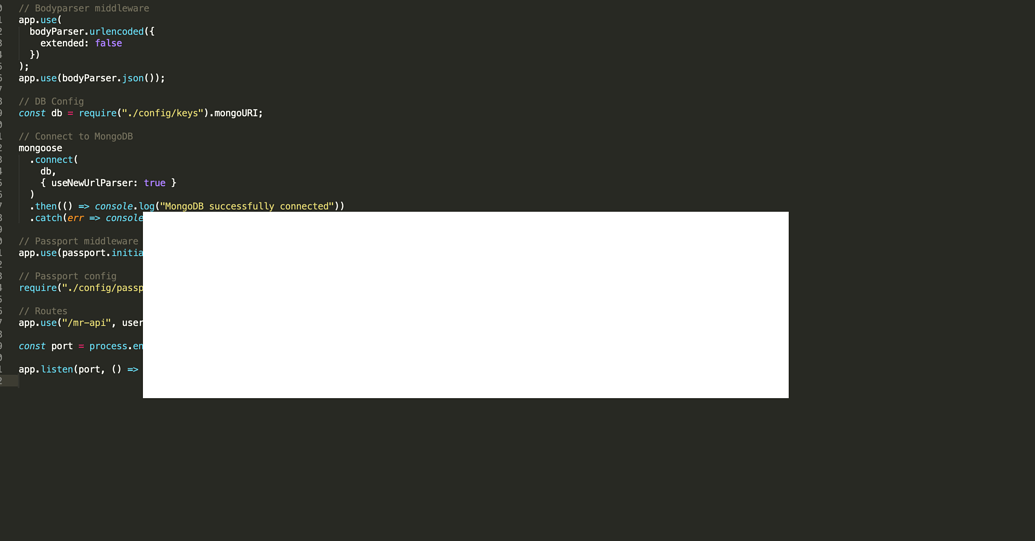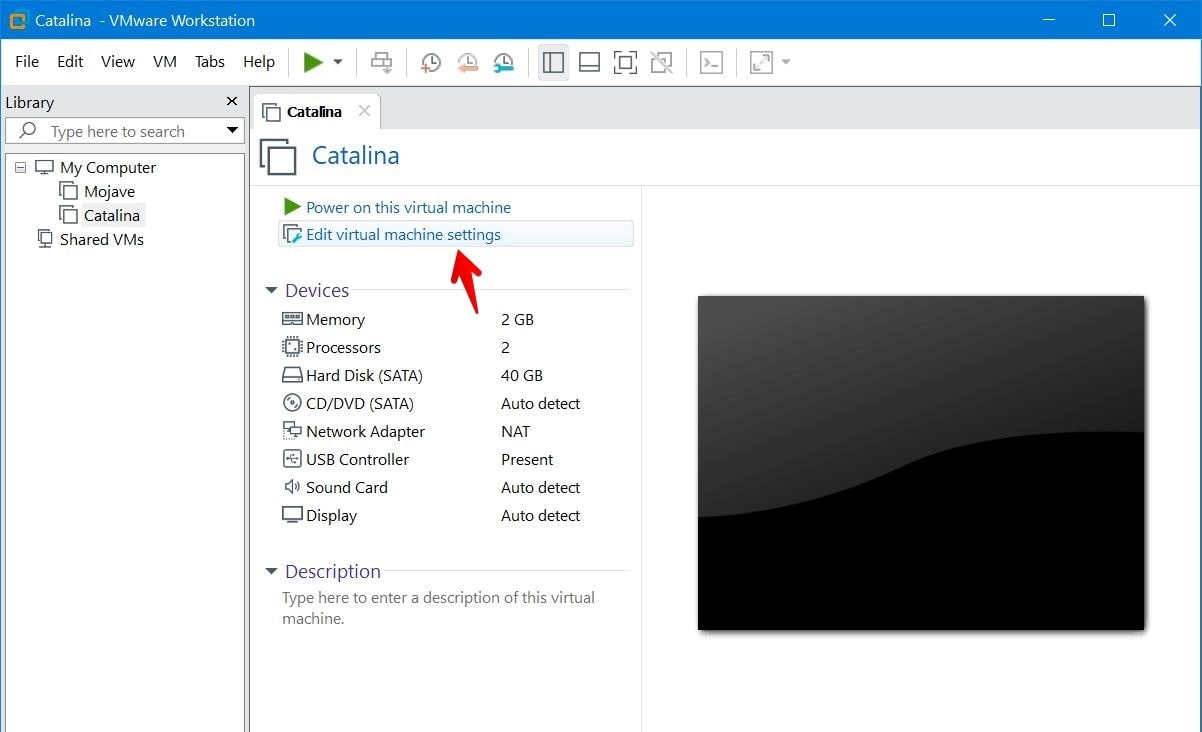

sudo apt-get install linux-headers-$(uname -r).Now you’ll need to install the proprietary NVIDIA drivers, and configure Xorg:

Note: After changing to EFI, you may get a blank screen for several seconds during boot-up. (optional) if you want to remove some of the extra rEFIt options, just delete the directories you don’t want from /boot/efi/EFI (be VERY CAREFUL here, and don’t delete the APPLE directory).You’ll probably have several new options in rEFIt, select any of them to boot up Make sure that “Separate /boot/efi partition” is checked, then click the “Apply” button, and follow the directions (you’ll be asked to remove and reinstall GRUB).Click on “Advanced options”, go to the “GRUB location” tab.sudo apt-get install -y boot-repair & boot-repair.sudo add-apt-repository ppa:yannubuntu/boot-repair.Follow these steps adapted from the Ubuntu UEFI page: To get the 2880x1800 native resolution, and the external display ports working you’ll need to convert GRUB to EFI mode.

Sudo apt-get update & sudo apt-get install bcmwl-kernel-source Wifi doesn’t work out of the box, so from another computer (or your OSX install) download the driver and its dependencies (dkms, libc6-dev, linux-libc-dev), then copy them all to a flash drive and boot back into Ubuntu. Just press spacebar and it should reboot. Also, at the end of the installer, after the dialog asking you to restart, you’ll probably get a black screen. Note that the wifi won’t work (we’ll fix this in the next step), so don’t try to install updates during the installation process, unless you have a separate usb wifi dongle or ethernet. Make sure you download the raring ringtail daily ISO though, for step 3. Just follow steps 1 through 3 in my first guide, to get rEFIt installed and prepare to install Ubuntu.


 0 kommentar(er)
0 kommentar(er)
